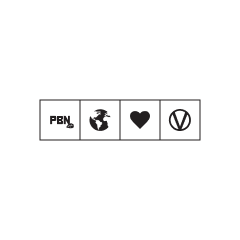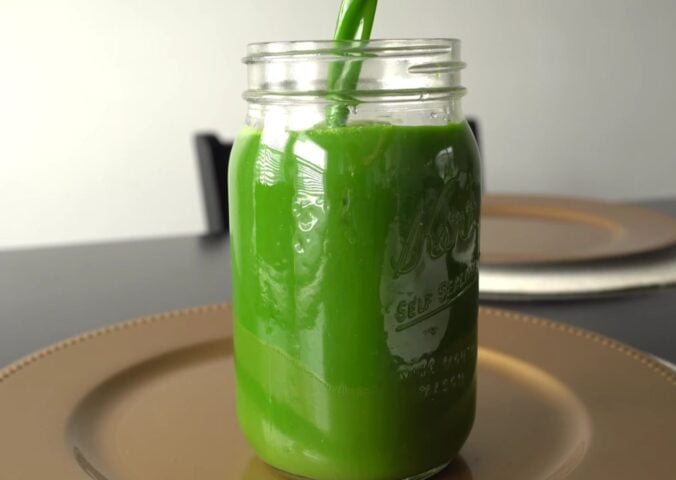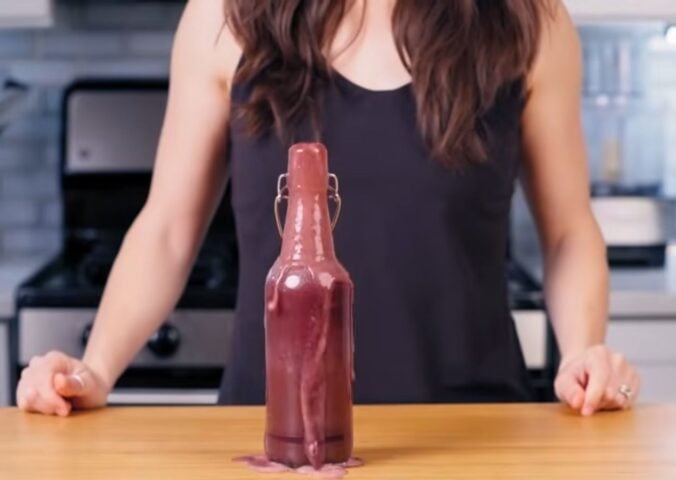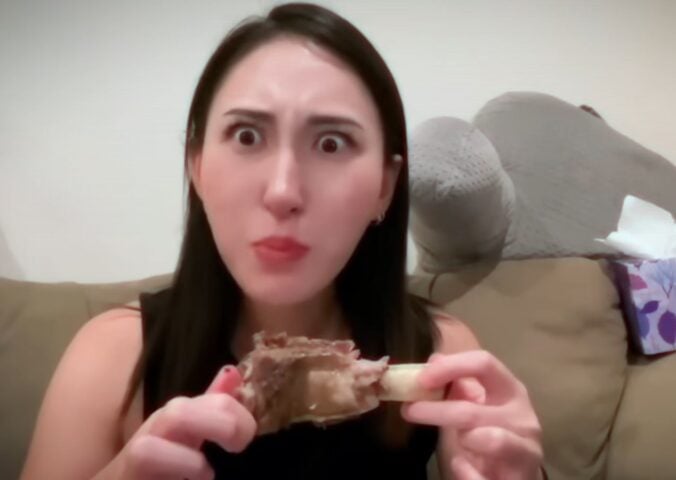For many people, protein powders consist of a pricey tub of ultra-processed powder with a laundry list of unpronounceables. If you’ve ever stared at the back of a label wondering, “Is this even food?” – Miyoko Schinner has your back.
A vegan cheese pioneer and founder of Miyoko’s Creamery, Schinner is a longtime plant-based advocate known for reinventing dairy with nutritious, artisanal ingredients. Now, on her YouTube channel The Vegan Good Life with Miyoko, she’s taking on another staple of the modern wellness pantry: protein powder.
In a recent video, Schinner walks viewers through how to make homemade vegan protein powder that’s rich not just in protein, but also in fiber. “We’re going to make a protein powder that is equal in terms of grams of protein and grams of fiber,” she says.
According to Schinner, most commercial protein powders leave fiber behind during processing. And while she still uses pea protein occasionally for cooking, she prefers whole-food options. “I like things as unprocessed as possible,” she explains. “I like to make things in the house.”
This DIY blend delivers around 10 grams of protein and 10 grams of fiber per serving. Mix it with soy milk, she says, and “you’re close to 20 grams per smoothie.”
Read more: ‘I Tried TikTok’s Viral High-Protein Vegan Meals’
Building the base
Schinner starts by gently toasting raw chickpea flour in a pan. This not only results in a nutty, vanilla flavor but also reduces compounds that can upset digestion. “You want to just keep stirring it,” she says, noting that oven toasting doesn’t work as evenly. “Keep it on low and you want to keep stirring it.”
Once golden brown, she adds the flour to a blender, explaining, “I want the flour in the bottom of the blender, not the nuts,” to prevent the mixture from turning into paste.
Protein and fiber power players
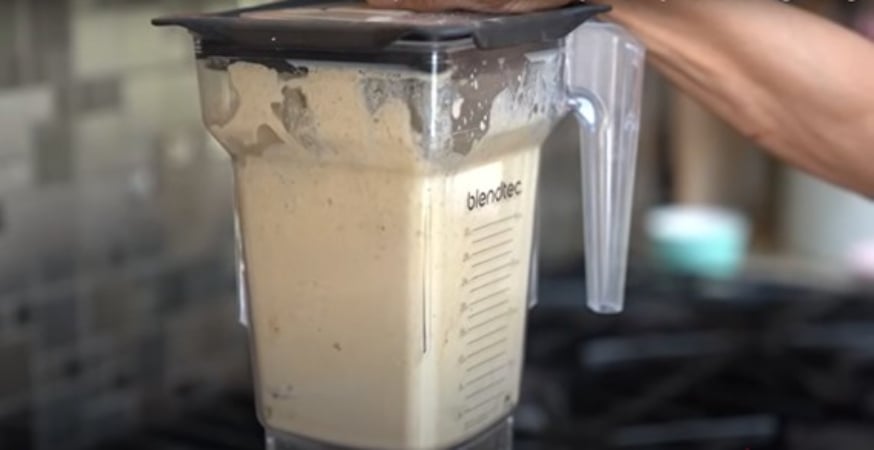
To the toasted chickpea flour, Schinner adds hemp protein powder, which she describes as “simply hemp seeds with the oil removed.” She notes that it has a neutral flavor and delivers a high protein content, but you can also use whole hemp seeds. Next come the flaxseeds, which are “not only high in protein,” she says, “they are so full of fiber.” Finally, she includes chia seeds, which help thicken the smoothie and give it a more satisfying texture. While optional, chia seeds make the drink feel more substantial, especially when used as a meal. “They actually add some viscosity to your protein drink,” Schinner explains.
While she keeps the base neutral, Schinner encourages customization. “You can flavor this with a little bit of vanilla powder if you like,” she says. “You could add some cocoa powder to this as well to make it chocolatey.”
For sweetness, she sometimes uses dates in smoothies or recommends to include monk fruit sweetener in the mixture as a sugar-free alternative.
Smoothie time
To test her homemade blend, Schinner whips up a quick smoothie with soy milk and dates. “This will be my breakfast,” she says. “It’s a good way to get 20 grams of protein from the get-go.”
The final taste? “It’s completely neutral in flavor,” she says. “It’s nice and thick because of the chia seeds. I’m getting all that fiber.”
Schinner’s simple recipe proves that protein powder doesn’t need to come from a lab or a plastic tub to be effective. If you’re looking for a whole food source, this might just be it.
Find more of Schinner’s healthy plant-based recipes on her YouTube channel.
Read more: ‘What I Eat In A Day As A Vegan Runner’


